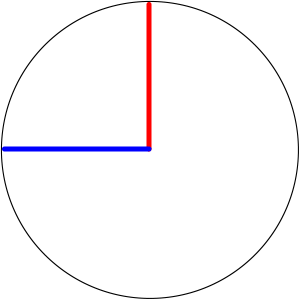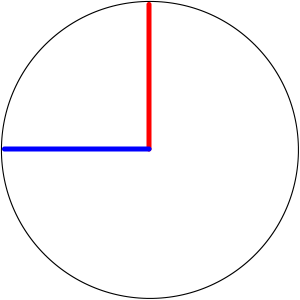All naked entities and constructs have a kinetic rest speed
That kinetic rest speed defines as the speed of propagation at which the entity or construct has no kinetic energy in its electromagnetic manifestations. It is the speed at which the entity of construct emerged.
For the photon and neutrino, this kinetic rest speed is the speed of light.


For the construct electron, this speed is significantly lower.
For clarification, the illustration of the naked electron is:
One of the postulates of The Dutch Paradigm is that the speed limit for any manifestation of an entity is the speed of light. In the electron, we have the electric manifestation of the photon active in the direction of propagation of the construct, and therefore, the speed of the electron is reduced to avoid breaching the limit of the speed of light. The reported speed of a naked electron is at some 2,2.10³ km/s, or approx 0,01 times the speed of light.
A check reveals that the amplitude of the electric manifestation at 0,34 fm alternating at a frequency of 1,54.10²³ Hz is already in itself active at almost the speed of light. In the electron, the electric manifestation of the photon is rotating into the direction of propagation. Therefore, the reported speed of the naked electron at 2,2.10³ km/s is well understood.
While forming the electron, there is no other interference, and therefore, this speed of 2,2.10³ km/s is the kinetic rest speed of the electron.
The rest speed for the dodecahedron is zero relative to the speed of light.

The definition of the kinetic rest speed is:
The speed of propagation at which the entity or construct has no kinetic energy in its electromagnetic manifestations. It is the speed at which the entity or construct emerged.
Whenever through external interference a construct change speed, it reacts to avoid breaching with one or more of the manifestations of the constituent entities by introducing vibrational compensation. During the acceleration, the construct builds up those vibrations and therefore show inertial behavior. Without further acceleration, the vibrational compensation continuous as is the new stable situation for the construct.
That process is the inertial behavior of constructs.
